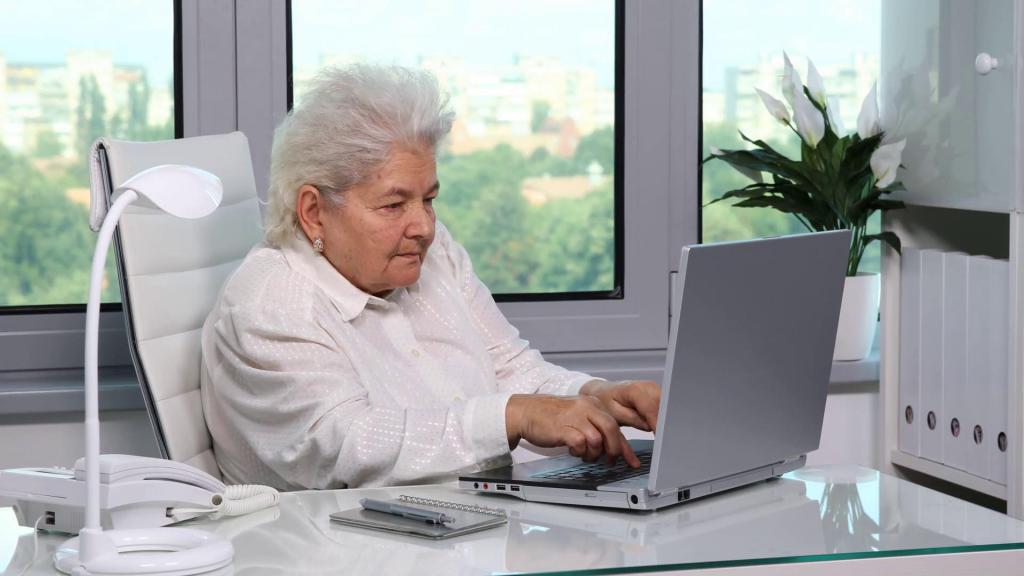The socio-demographic group is a community of people formed on the basis of common features. By gender, for example, or by age. A social attribute is the key. The demographic is rather neutral. It acquires meaning only in a socio-historical context. In general, such groups include those that have grounds for inequality. Now it is worth listing them and separately telling about their inherent features.

Children
This is the first socio-demographic group that is worth highlighting. Children are characterized by specific needs, rights and interests. But at the same time they do not have sufficient ability to uphold and protect them in the face of society.
Children depend on the conditions that the state, society, school and family provide for development. They are an object of social concern. Responsibility for their health and fate lies with both parents and society with the state.
Each young member of society under the age of 18 years belongs to a demographic social group. All representatives of this category lack full legal capacity. Partial is present in minors (from 7 to 14) and minors (from 15 to 18). Teenagers belonging to the last subgroup of this category can independently manage their earnings and scholarships, make civil transactions. And they are criminally liable.

Youth: a bit of history
This socio-demographic group was first identified in the late XVII - early XVIII century. It was then that the industrial revolutions began, as a result of which the relationship between production and the family changed dramatically.
Before those times, the head of the family handed over his craft to the heir in the framework of home schooling and education. But the production became more complicated, and there was a need to get education in the relevant institutions.
In those days there was no such socio-demographic group as youth. Children automatically became adults when they started work, thereby starting to help older people.
Everything changed when teenagers began to be sent to vocational schools and universities. Yes, the children have not worked yet - but they have already come off the family and have begun to receive vocational training. It turned out a kind of transitional social status. And this particular group is considered as the youth of that time.
The modern definition of the phenomenon
Youth, which is one of the main socio-demographic groups, are distinguished by the following criteria:
- Age. As far back as the last century, people aged 18 to 25 were considered youth. Now the upper bounds have increased to 30, and according to some versions to 35. All because the process of socialization has become more complicated, getting an education has begun to take longer, as well as further employment.
- Position in society. It is characterized by a high level of social mobility and incomplete economic activity.
- Socio-psychological warehouse. Scientists say that only at the age of 14 a person begins to gradually become aware of some personal aspects and place in society. Therefore, the process of the formation of the psyche is delayed to 18-20 years. Until that moment, there is a self-identification of a person, gaining a worldview, etc.
This socio-demographic group is characterized by the development of certain dominant features, which, as they grow older, are most often smoothed out.This includes excitability, pedantry, cyclotymicity, hyperthymicity, emotionality, anxiety, etc. Whatever it was, in the end, the dominant feature determines the other socio-psychological qualities of the individual.

Youth Functions
They cannot be mentioned separately. After all, this socio-demographic group performs functions that representatives of other categories and layers simply cannot carry out. They can be distinguished in the following list:
- Young people inherit the already achieved level of development of the state and society, and form the image of the future. This is a function of social reproduction.
- Young people have their own interests and goals. They do not always coincide with the values of society. And since the younger generation represents the future, change is inevitable.
- Young people do not always have spiritual, moral and value orientations. Plus, lack of experience can affect important decision making. However, young people entering society become the main object of adaptation, socialization, upbringing and education.
- Youth is the main participant in economic initiative and social mobility.
And of course, people belonging to this distinguished socio-demographic group are a vast layer of society. Which, to be objective, can become a source of both the revival of our country, and degradation, tension.

Able-bodied citizens
Another major socio-demographic group of the population. It includes all men aged 16 to 60 years and women from 16 to 55. As you can see, partially in this group includes children and youth who are representatives of the above groups.
All people belonging to the working age category are united by one thing - the opportunity to participate in the work process. Each of them is engaged in a personal or state economy.
Disabled, by the way, also belong to this category. In accordance with UN recommendations, citizens who are looking for a job are also included in the population considered economically active.
According to statistics for 2015, about 5.6% of able-bodied people in Russia are not involved in the work process. And this is about 8.2 million citizens.

Senior citizens
This is a separate social group, distinguished by demographic characteristics. According to data for 2000, 18.5% of the population of Russia are pensioners. This is a lot. In accordance with the scale by which demographic aging is determined, an indicator above 18% is inherent only in the society of older people. According to experts' forecasts, by 2050 it will increase to 37.2%.
True, in many states (in Europe, in particular) the situation is worse. Society is aging, and many economic, social and demographic processes contribute to this.
But it is worth returning to the main topic. Pensioners are a large social community and the most important element in the structure of our society. Their attitudes and behavior, which are caused by the new economic situation, affect many processes, including political and economic ones.

Pension Group Features
The key difference between the category of elderly people is its heterogeneous socio-demographic composition. Russian pensioners differ in the following ways:
- Education, gender, age. These are demographic aspects.
- Social status before retirement, accumulated work experience, profitability, reason for termination of work, age. These are social factors.
But also the elderly have something in common. This may include loyalty to traditions, moral qualities, discipline, values, worldview. The same determines the specifics of their position in society. Most of the questions are raised by the fact that pensioners continue to participate in election campaigns. Although retirement affects social activity, which means it would be logical, had he also carried political inertia.
But there are more serious problems.Social in particular. The state is not able to provide such a huge number of people with a decent pension and living conditions. Therefore, they are forced to remain in the labor sector. And this, by the way, creates problems for young people. Many simply can’t get anywhere after receiving a diploma, since the places are occupied by “old-timers” who could go on a well-deserved rest, only it is poorly paid.

Conclusion
As one could see, each group of the above is characterized by certain specific features. It is important to note that it is customary to divide categories in society according to the level of physical activity, social status and other features. Thus, each of us can belong to several groups at once. In the same way as youth - to the able-bodied population.
